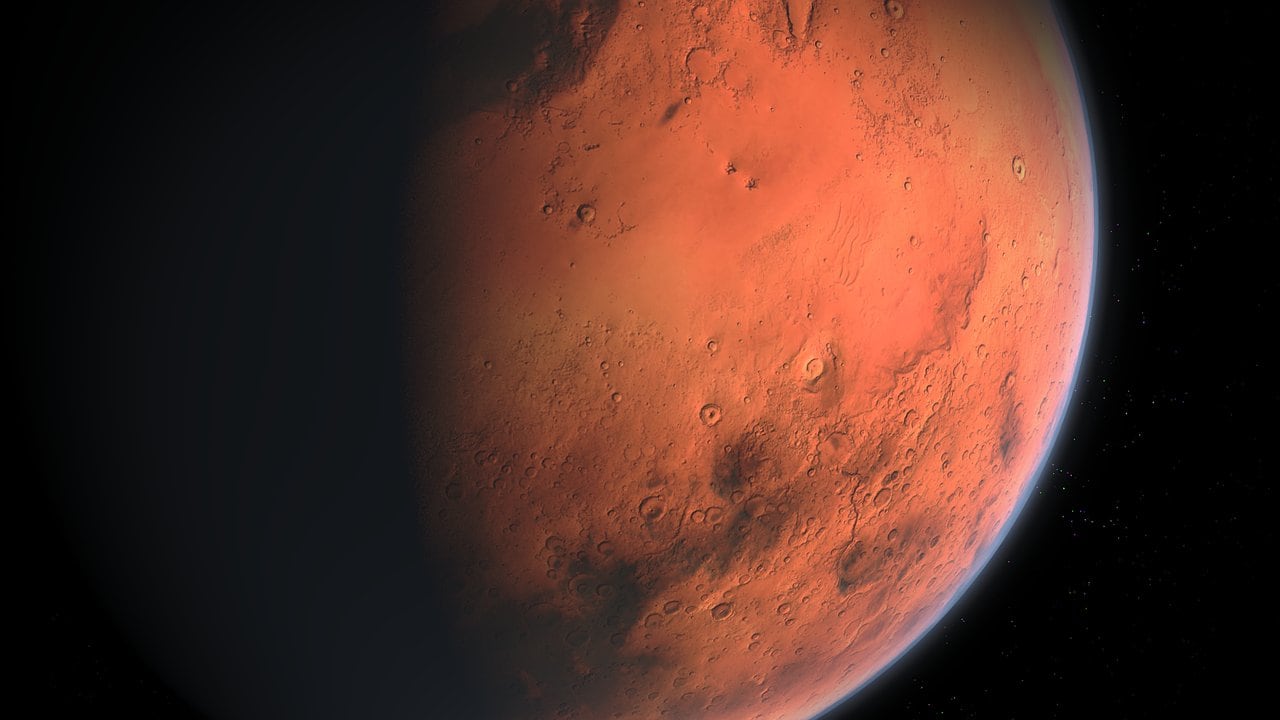A new study says that Mars may have once been a ringed planet. According to researchers from the SETI Institute and Purdue University, one of Mars’ moons, Deimos, has a slightly altered orbit, which indicates there must be something responsible for the tilt. Study authors state that the only possible explanation behind Deimos’s tilted orbit is for Mars to have had a ring billions of years ago. The study’s lead author Matija Ćuk mentions that the fact that Deimos’ orbit is not exactly in plane with Mars’ equator was never considered important enough for an explanation. “But once we had a big new idea and we looked at it with new eyes, Deimos’s orbital tilt revealed its big secret," Ćuk added. [caption id=“attachment_8330111” align=“alignnone” width=“1280”]  A representational image of Mars.[/caption] A report in New York Post that cited the study says that researchers came to their findings after looking at Phobos, Mars’ second moon. They found that the satellite eventually will orbit too low to the planet and Mars’ gravity will tear it apart forming a ring around itself. According to SETI’s statement, the theory that the moons of Mars break up to form rings has one crucial element that makes Deimos’s tilt possible. The deduction which was initially made by David Minton and Andrew Hesselbrock proposed that over billions of years, a number of Martian moons were destroyed into rings. Each time, the ring would give rise to a new, smaller moon to repeat the cycle over again. It says that a newborn moon would move away from the ring and Mars. According to study authors, this is in the opposite direction from the inward spiral of Phobos which is happening due to its gravitational interaction with the Red Planet. “An outward-migrating moon just outside the rings can encounter a so-called orbital resonance, in which Deimos’s orbital period is three times that of the other moon,” say study authors. Researchers also say that only an outward-moving moon could have strongly affected Deimos. This means that Mars must have had a ring pushing the inner moon outward. They say that this moon may have been 20 times as massive as Phobos, and may have been its “grandparent” The study will be published in Astrophysical Journal Letters.
Study authors state that the only possible explanation behind Deimos’s tilted orbit is for Mars to have had a ring billions of years ago.
Advertisement
End of Article


)
)
)
)
)
)
)
)
)



